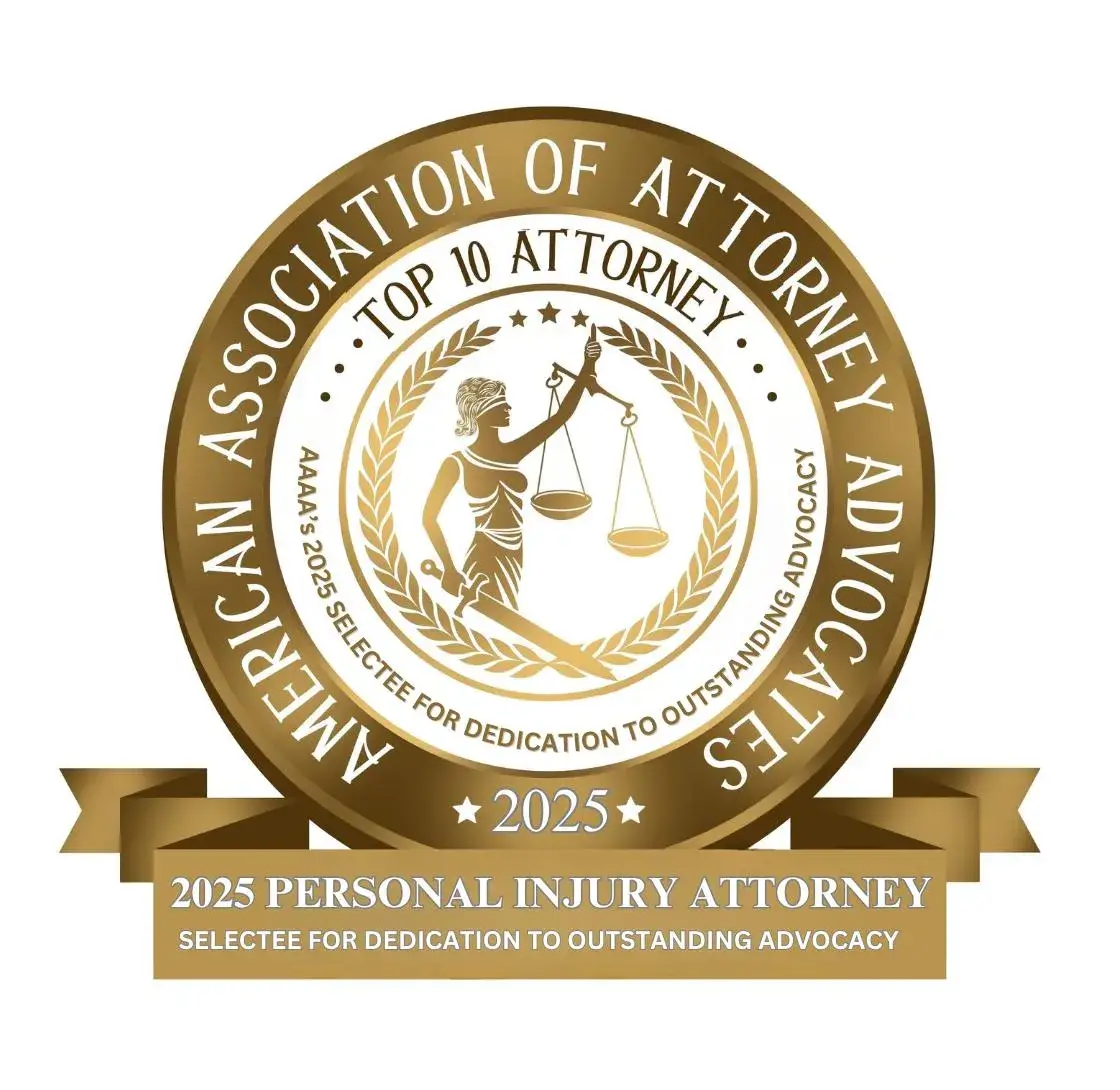Slip and Fall Accidents in Stores and Businesses
While they may seem minor, slip-and-fall accidents actually present a very real danger for Americans in stores and businesses. Slip-and-fall accidents contribute to more than 1 million injuries every year, and more than 17,000 people are killed annually in falls.
Many slip-and-fall accidents occur in the home or the workplace, but a large share also occur in public stores and places of business. When it comes to falls in public spaces, the idea of “premises liability” is at play.
Premises liability essentially means that the owner of a property is liable for injuries sustained on the property due to dangerous conditions, lack of maintenance, or certain other factors. Premises liability can encompass a wide range of hazards, including faulty stairs, wet floors, improper wiring, and more.
In a nutshell, premises liability means that property owners and landowners have a duty to customers, tenants, and visitors to ensure that the conditions of the property are safe. If a property owner fails to maintain safe conditions and someone is injured as a result, there could be grounds for a personal injury lawsuit.
Determining liability in a slip-and-fall case can be somewhat complicated. In order for a property owner to found legally liable for your injuries, one of the following must be true:
- The owner of the premises (or an employee) caused a spill or other dangerous condition.
- The owner of the premises (or an employee) knew of the dangerous condition and failed to correct it properly.
- The owner of the premises (or an employee) “should have known” a dangerous condition was present.
As you can see, merely the presence of a dangerous condition is not always enough to prove liability. For example, say Joan was shopping at a local supermarket when she slipped in a large puddle of vegetable oil, caused by several bottles of oil falling off the shelf. The mere presence of the oil in the aisle is not necessarily enough for a product liability case. However, say Joan’s lawyer gets ahold of the supermarket security tapes, which show an employee causing the spill and then walking away 15 minutes before Joan falls. In this case, the employee/store could be found liable because an employee caused the spill (and was clearly aware of it) but took no action to prevent customers from being injured.
Slip-and-fall accidents often come down to reasonableness and comparative negligence—fancy terms for assigning blame to the victim and the property owner. The most common defense against a slip-and-fall accident is that the injured person had a responsibility to know where they were going and protect themselves. However, it is not necessarily that simple.
Determining who was at fault—or at least more at fault—requires asking a series of questions, including:
- Did the injured person have a reason to be where they were? (In the case of a supermarket or public store during operating hours, the answer should be yes.)
- Was it reasonable to expect that the area they were in was hazardous?
- Were those hazards marked in any way, or otherwise so obvious that a reasonable person would not have missed them?
- If they tripped over something, was there any reasonable way they could have avoided it?
- Would a person exercising a reasonable amount of care have noticed and avoided the injury?
- Was the injured person paying enough attention?
Answering these questions can give you a good starting point for determining fault and figuring out where liability falls for your slip-and-fall accident. For more information about slip-and-fall accidents or personal injury cases in general, contact Maggiano, DiGirolamo & Lizzi today.


















